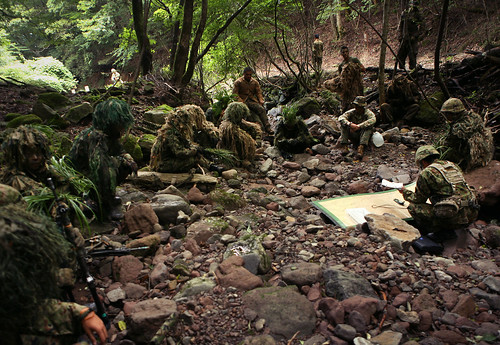
This article was originally published by War on the Rocks on 13 March 2014.
There will be no more large-scale American counterinsurgency operations. At least, that’s what the Obama administration’s Defense Strategic Guidance (DSG) of 2012 anticipates. While it maintains an existing emphasis on countering irregular threats and conserving hard-won skill sets, the DSG articulates a desire to do so not through large-scale counterinsurgency, but by maintaining a persistent, forward presence around the world and leveraging that presence to deter potential adversaries, respond to crises, and build the capacity of partner nations to provide for their own security. Specifically regarding the latter, the document states,
Across the globe we will seek to be the security partner of choice, pursuing new partnerships with a growing number of nations – including those in
Africa and Latin America – whose interests and viewpoints are merging into a common vision of freedom, stability, and prosperity. Whenever possible, we will develop innovative, low-cost, and small-footprint approaches to achieve our security objectives… [Emphasis in the
original]
The “small-footprint approach” is a lynchpin of the DSG, and has led to a number of initiatives within the military services, such as the Marine Corps’ establishment of several Special Purpose Marine Air Ground Task Forces (SPMAGTFs) focused on Africa or the U.S. Army’s Regionally Aligned Brigades (RABs). Yet, the discussion of the implications of the emphasis on small footprint for U.S. foreign policy, and for the U.S. military, has only just begun.




